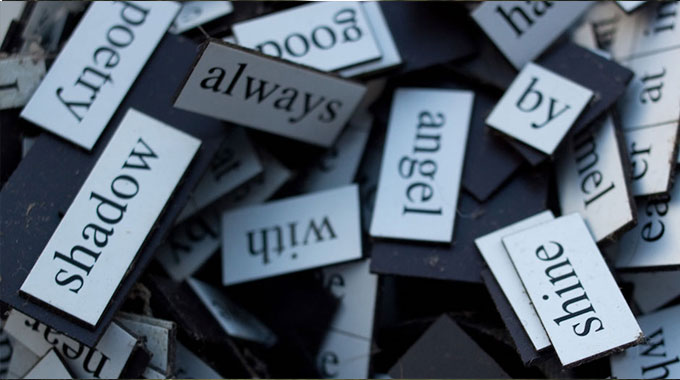
The Sunday News

Charles Dube, Highway to success
WHY do we need to use punctuation when we write?
We use punctuation because it makes it easier for the reader to follow the writing.
You are now going to look at how to punctuate sentences using: capital letters, question marks, full stops and exclamation marks.
Capital letters are used for a range of different reasons.
At the start of each sentence: She sat down in front of the crowd.
For the personal pronoun “I”.
I arrived at the shop just before they closed.
For the first letter of proper nouns (people’s names, place names, names of days and months).
On Friday John went to Harare for an identity card only to be told to come back in July.
For the first letter of titles of people and organisations.

Social Services
The Head waiter, Mr Mwale, attended the meeting with Social Services.
For people’s initials and abbreviations.
These are Mr and Mrs Mhlophe from Plumtree.
At the beginning of a new piece of direct speech: “Sadly,” he replied, “They left the children with no food”.
For the main words in titles of books, plays, games, films.
The main use of a full stop is to mark the end of a sentence.
If you do not use full stops to correctly punctuate sentences, readers will find it very difficult to follow what you have written.
The room was dark and full of shadows.
The children sat nervously in it.
There are two other punctuation marks which can be used at the end of a sentence.
The question mark is used to mark the end of a question.
How much does it cost?
The exclamation mark is used to mark the end of a sentence.
“Thief!” The exclamation mark may also be used at the end of an interjection – “Oh no!”
Commas make it easier for the reader to make sense of a sentence.
Commas separate items on a list.
When you are writing lists in a sentence you need to separate the items with commas.
The final comma before the “and”, is usually left out.
During the holidays, you can go swimming, play football in the sports centre, visit a range of shops and take advantage of the free time you have.
When you give extra information about something or somebody, you use commas to separate it from the main sentence.
Joni, 24, claimed to have bought the television set the day before.

Commas to separate off different parts of a sentence.
Commas mark a pause, the same way as you would pause when speaking.
The best ways to learn how to use commas well are to: take notice of how other writers use them.
Read your writing aloud to help you work out where you need a pause to make sense of it.
Decide whether you need to place a comma at this spot.
Inverted commas: Inverted commas are also sometimes referred to as speech marks or quotation marks.
Most punctuation marks sit on the line of the page.
Inverted commas hang in the air.
They can be single or double. ‘Single inverted commas.’ ‘Double inverted commas.’
There are two main times when inverted commas are used: When a writer uses a speaker’s actual words, “Come here,” she said.
When the writer is quoting from another text.
The recipe says: “Add a pinch of salt”.
Work out the correct answer to the given options: Each piece of speech begins and ends with: a capital letter, inverted commas and a question.
When there is a new speaker, the writer: leaves a line out, starts a new line and continues writing on the same line.
Every new piece of speech starts with: a capital letter, a new line and an explanation.

Compound sentence
Every piece of speech is followed by: a question mark, an exclamation mark and a punctuation mark.
Learn prefixes and suffixes.
A suffix is a letter or group of letters added to the end of a root word, which changes the meaning of the word.
A prefix is a group of letters added to the beginning of a word to change its meaning.
Some frequently used suffixes are: -ly, -able, -ed, -ful, -ing, -ment, -ness, and –ity.
In most cases you simply add the suffix to the root word, for example: spend – spending, care – careful, appoint – appointment.
Sometimes you can add two suffixes to a word, for example, carefulness.
If you add “able” + “ly” to a word, you need to drop the “e”, for example, “probably”.
What new words can you make from the following words by adding one or more suffixes to them?
Wonder, reason, dread, favour and astonish.
Knowing how to use and spell prefixes and suffixes correctly gives you access to a whole new range of words.
For example: success, successful, successfully, unsuccessful and unsuccessfully.
Honest, honesty, honestly, dishonest, dishonesty, dishonestly.
Satisfy, satisfied, satisfying, satisfiable, satisfaction, satisfactory, satisfyingly, unsatisfied, dissatisfy, dissatisfying and unsatisfactory.
For views link with charlesdube [email protected] or sms to 0772113207.



